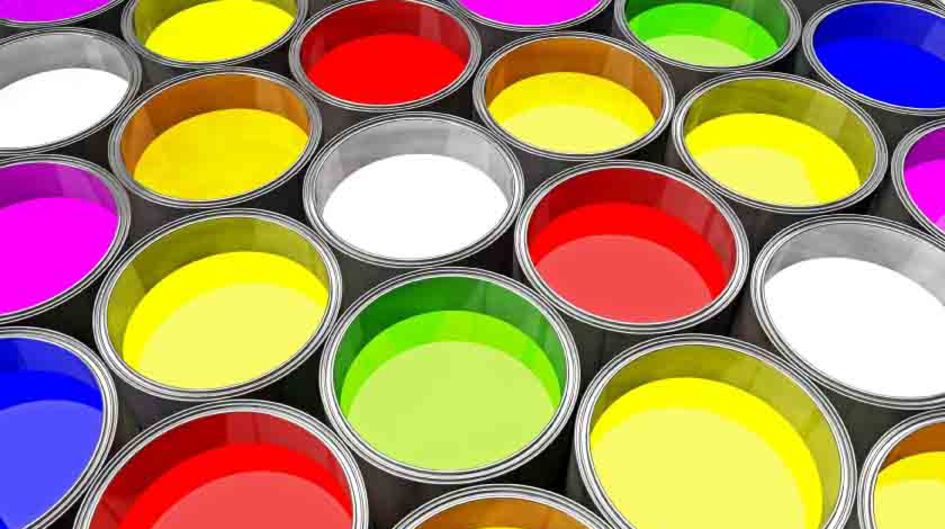Choosing the Right Defoamers for Your Industry Needs
Choosing the Right Defoamers for Your Industry Needs
Blog Article
Choosing the Right Defoamer for Your Certain Application Requirements
Choosing the suitable defoamer for certain application needs is a nuanced process that demands cautious consideration of multiple variables, such as the foam operating, medium, and type conditions. Comprehending the nuances of defoamer efficiency-- consisting of speed and determination-- while likewise accounting for ecological and regulative variables is essential.
Recognizing Foam Formation
Foam development takes place when gas is trapped within a fluid, creating a stable structure of bubbles. This sensation can considerably affect different industrial processes, especially in industries such as food production, pharmaceuticals, and wastewater treatment. The presence of foam can hinder blending, reduce item quality, and even lead to operational inadequacies.
Foam typically develops as a result of a mix of aspects, consisting of surface-active representatives, frustration, and the attributes of the fluid stage. Surfactants lower the surface area stress of the fluid, assisting in the development of bubbles that can stabilize and coalesce. Agitation, whether from mechanical stirring or gas introduction, boosts bubble development, bring about increased foam volume.
Understanding the technicians of foam development is crucial for markets intending to enhance their processes. By determining the specific conditions that advertise foam generation, companies can carry out approaches to alleviate its impacts.
Kinds Of Defoamers Available
Numerous sorts of defoamers are offered to resolve the challenges presented by foam in commercial applications. defoamers. Broadly categorized, defoamers fall right into three groups: silicone-based, non-silicone-based, and natural defoamers
Silicone-based defoamers are renowned for their effectiveness and stability throughout a vast array of temperatures and pH levels. They are normally utilized in applications where strong foam suppression is needed, such as in adhesives, coverings, and paints. Their reduced surface area tension permits rapid foam collapse.
Non-silicone-based defoamers, usually made from organic substances, use a choice for applications sensitive to silicone deposits. These defoamers can be more separated right into polyether and ester types, each customized to satisfy details solution demands. Non-silicone defoamers are regularly used in food processing and individual treatment products as a result of their compatibility with various solutions.
Natural defoamers, obtained from plant or pet resources, are acquiring traction as a result of their environmentally friendly account. These items are especially appealing in applications where regulatory conformity and sustainability are critical, such as in agrochemicals and biotechnology.
Choosing the right kind of defoamer is important for maximizing efficiency and making certain compatibility with details applications.
Secret Application Considerations
When choosing a defoamer, it is important to consider the certain application demands to ensure optimal efficiency. defoamers. Different sectors have unique demands, such as food handling, drugs, or wastewater treatment, and each application may require special defoaming buildings
Trick variables to assess include the tool in which the defoamer will certainly be made use of, whether it is water-based, oil-based, or a combination thereof. The temperature level and pH degrees of the application can additionally greatly affect the performance of a defoamer. Additionally, compatibility with other chemicals existing in the system is vital to stop negative responses that could endanger performance.
One more essential consideration is the foaming behavior of the details system. Understanding whether the foam develops swiftly or gradually this link can direct the choice of a defoamer that targets the origin effectively. Furthermore, the wanted rate of defoaming can affect the choice, as some applications call for quick action while others might endure slower defoaming processes.
Lastly, environmental and governing considerations need to not be forgotten, specifically in sectors with strict compliance needs. Picking a defoamer that aligns with these aspects makes sure both effectiveness and security in the application.

Efficiency Testing Approaches
Reviewing the performance of a defoamer requires a methodical strategy to testing that precisely measures its performance in particular applications. Various performance screening approaches can be utilized to determine the optimal defoamer for a provided formulation.
One common technique is the bubble test, which evaluates the defoamer's capability to lower foam quantity over time. This test includes creating a secure foam and after that including the defoamer to observe the price of foam collapse.

Eventually, picking the proper performance testing method depends on the details application and the kind of foam being addressed. Each approach offers beneficial information that can lead formulation modifications and boost the performance of the defoamer in practical applications.
Ideal Practices for Option


Next, take into consideration the defoamer's efficiency in regards to speed of action and determination. A quick-acting defoamer might be needed for processes where fast foam reductions is essential, while an extra persistent formulation could be needed for prolonged foam control. Additionally, examine the environmental effect of the defoamer, including its biodegradability and any regulative compliance requirements.
Conduct trials with selected defoamers to identify their efficiency in real-world problems. By sticking to these best techniques, you can boost foam control effectiveness and ensure the longevity of your procedures.
Final Thought
In summary, selecting the appropriate defoamer necessitates a detailed evaluation of numerous variables, consisting of foam type, medium, operating conditions, and environmental considerations. Comprehending the special characteristics of foam development and the readily available defoamer choices is critical.
Picking the ideal defoamer for specific application demands is a nuanced procedure that requires cautious factor to consider of multiple factors, such as the foam medium, operating, and web link kind conditions.Choosing the right defoamer is essential for accomplishing optimum efficiency in foam control applications. A quick-acting defoamer may be needed for processes where fast foam suppression is vital, while a much more relentless formula could be needed for extended foam control.In summary, selecting the suitable defoamer necessitates a detailed examination of numerous elements, including foam kind, tool, operating problems, and environmental factors to consider. Recognizing the one-of-a-kind characteristics of foam discover this info here development and the offered defoamer choices is vital.
Report this page